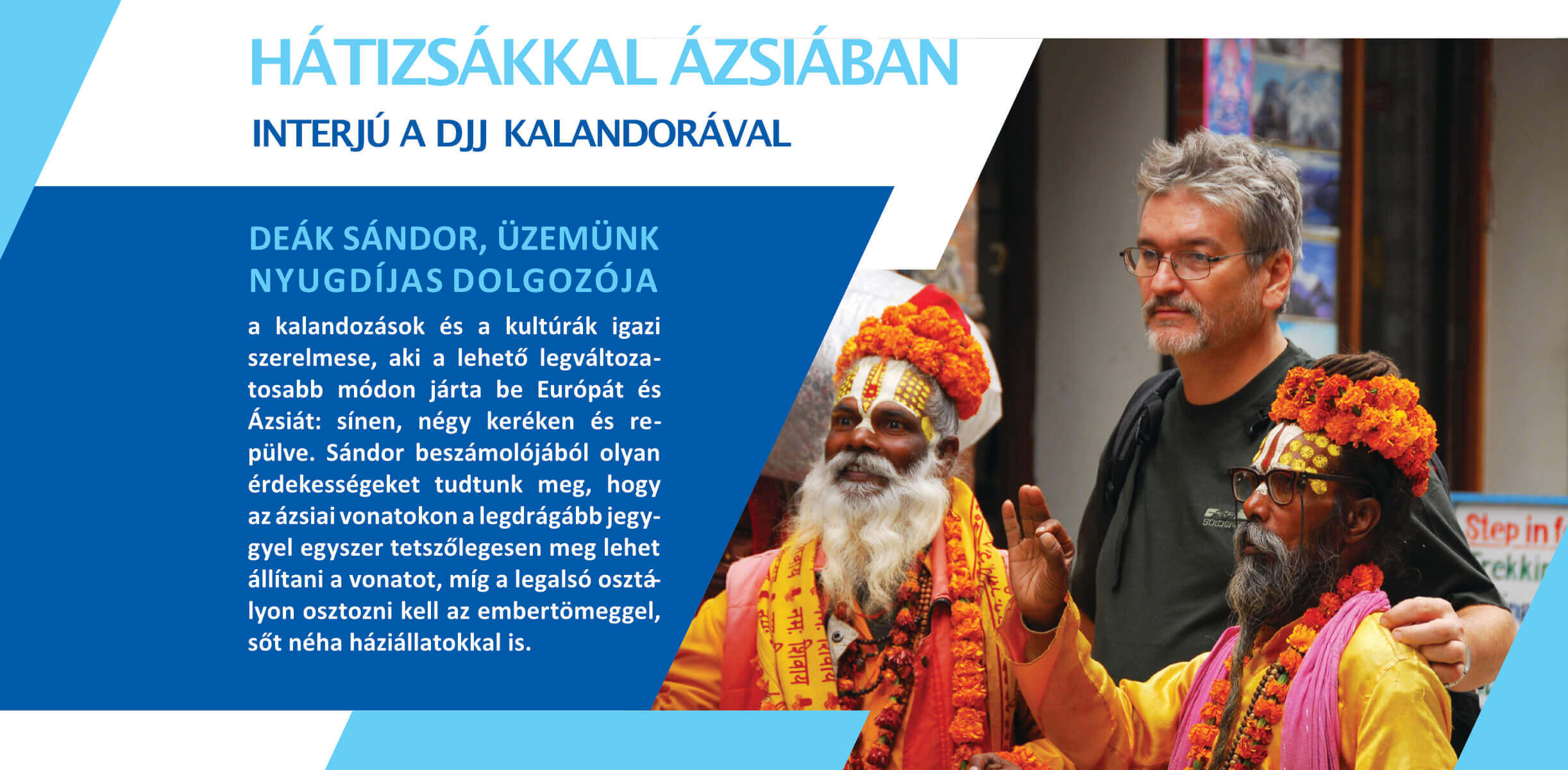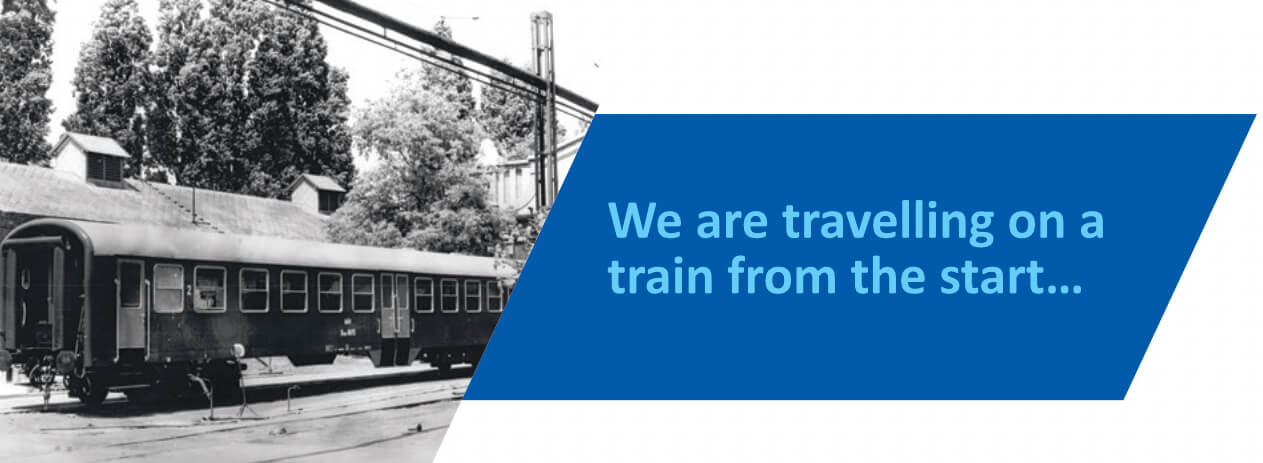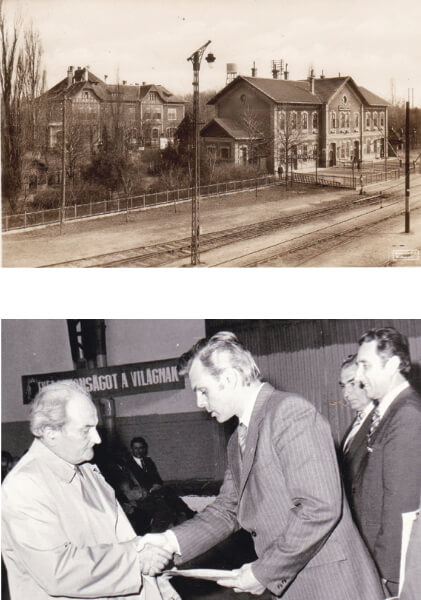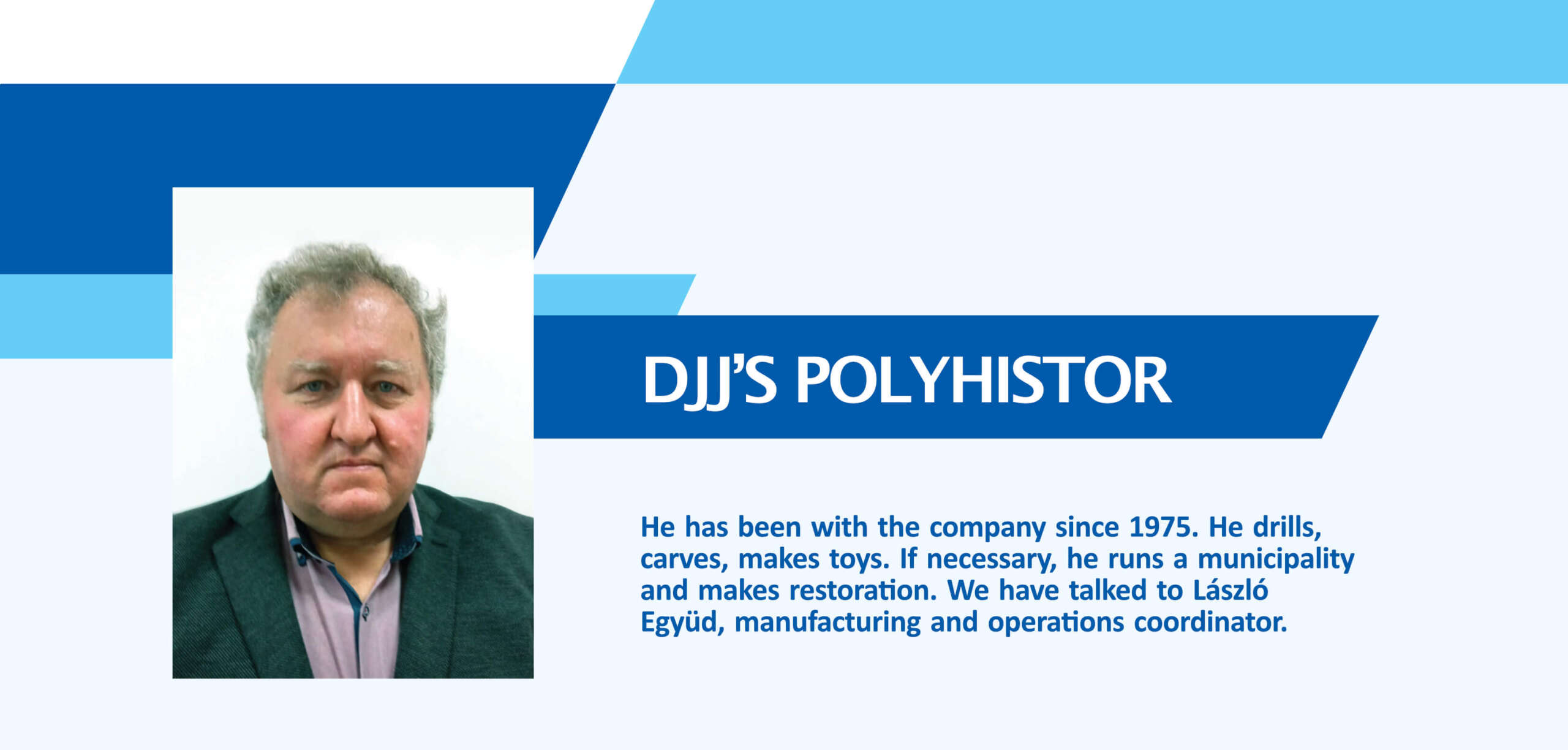
BACKPACKING IN ASIA
Can you tell us a little about your love for travelling, when did it begin?
I was born a long enough time ago to say that this is not a new passion for me. As soon as it was permitted in Socialism, I hopped on a train or began hitchhiking in Eastern Europe, and later on in the West, too. My first hitchhike was in 1973 to Bulgaria, then ten years later I travelled to the West. Flight tickets to East Berlin were very cheap so I flew there, and from there I either took a train or hitchhiked.
As far as I know, you have already been to Asia, and currently you are also planning a major trip.
1986 was the first time I was in Asia with my friends, backpacking, we spent 50 adventurous days there. We visited India and Nepal and we spent most of our time with the locals since we were not really attracted to frequented touristy places. I liked Asia so much that I decided that my wife should see it, too! So, a couple of years later, in 1990, we returned and travelled all over India, the region of the Himalayas, Nepal, Katmandu and we spent approximately 60-80 days there. We are planning our next larger trip in October this year, with major stops being in India, Nepal, Myanmar, Thailand, Cambodia, Vietnam, Sri Lanka and Laos.
What are railroads like there, have you ever travelled on a train in Asia?
I believe that the Indian railway network is one of the best in the world. Yes, I have travelled on different trains, among others, on the Darjeeling toy train that is listed as Word Heritage. Railway stations in Asia at first look like anthills teeming with people who are carrying enormous luggage. An interesting fact that I would like to mention is that there are bars on the windows of the trains, which you cannot really see in Hungary, and there are at least three different first classes. Buying a ticket for a train in Asia is totally different from what we’re used to in Europe: you give the cashier a slip to reserve a seat, indicating the accurate number and name of the train. If this doesn’t work you have to go and find the station manager, but most of the time it is the ticket controller that eventually puts you on a train. In a nutshell, travelling by train in Asia is an adventure.
Now that we are talking about railways, let me ask when have you joined Dunakeszi Vehicle Repair Base (DJJ)?
I joined DJJ 2 years ago in April. I have worked a lot and in a lot of places so far in my life and I had no intention to sit at home as a pensioner. I spend the majority of my salary on travelling, so we can say that TMHH and DJJ contribute to my travels, and I hope to be a part of this team for a long time, because I really enjoy my work here!
Do you have a favorite model in the factory?
I’m now carrying out installation works on the Z1 and Z2 models with my colleagues, I love and respect trains that have been put together nicely. I could say which one is my favorite, but I am a great fan of locomotives! The 424 locomotive, in my opinion, is unique in its classic sense, but as a railwayman, who wouldn’t love locomotives?

STORIES FROM DJJ’s

Between 1912-1914, substantial works were carried out on the 77 cadastral acres area located at the border of the village of Dunakeszi: the tram repair shop, the main building of the warehouse and also the gate building was built at that time, the latter became the secretariate later. Some of these buildings were confiscated during WW1, military leadership set up a field hospital there to treat the wounded. When rumors of the end of the war began circulating in the autumn of 1918, MÁV workers divided the vacated area of the former field hospital into small cubicles using plywood. These cubicles, and the freight carriages stationed on the rails, gave home to hundreds of families of railway workers driven out of Croatia and Upper Hungary. The last residents left these emergency homes right before the plant was opened, in April 1926.
‘Bring your kid to work’ did not mean only one day in our case.
1945 saw the establishment of the kindergarten in the basement of the primary school at the factory site. The facility, which everyone only called as ‘MÁV kindergarten’ was created for the children of the workers, conforming to the most modern standards of the age, with high quality equipment, and toys. From the beginning of the 1950’s, there was also a creche in the factory site, and parents could take their little ones to the building at gate IV.

Recently, we have found a couple of prams in the attic above the Secretariate, which families with little babies could once rent free of charge – if you take a look around you may see some colleagues who at that time were pushed in such prams by their upholsterer father.

About the marriage of József Vig and Emma Vigné Bíró
‘If I were not grateful for anything else to the Plant – that has been a part of my life since I was 15 and a better part of my life up until today – but for this, I am utterly grateful.’ József Vig
József Vig about Lajos Varga
‘Never have I known anyone more blunt or more honest, or more warm-hearted than Lajos Varga. He was yelling a lot, generally all the time and with everyone, but I knew him also as an occupational safety officer or the chairman of the workers council. He once said that he only yelled with those he loved because he just could not bear smart people doing stupid things. So I replied to him ‘Lajos, if I may, please love me a little less.’


DJJ’S POLYHISTOR
Laci joined the company at the age of 14, in 1975, and has been with us since then. His grandfather was a gifted carpenter, he created beautiful furniture, Laci learned his love for wood from him.
‘I started as an ordinary country boy’ he says. He learnt to become a vehicle mechanic and so he was able to get to country-wide competitions, too. In 1978, he won the Excellent Student of the Profession competition in Szolnok for which he was awarded a higher hourly wage and a two-week vacation. He claims his teachers deserve this recognition, too. ‘The material they put together proved to be working.’
Even now he still has his handcarft and creativity. Even though he has two daughters, he still enjoys creating little cars, planes, tractors and other toys for boys made of wood. He also made pencil cases with a sliding top, which he filled with color pencils and erasers and then gave them as a gift to children.
Workers began to collect artifacts for the 90th birthday of DJJ and found a lot of valuable items. E.g., important documents, alarm clocks or the furniture from the director’s office from the 1930’s.
And, of course, the bogie project. The Kaláka-type bogie, which was developed at the MÁV Dunakeszi Vehicle Repair Base, was designed by Tibor Kardos, Péter Lánczos and János Kalmár. A smaller version of it is in use even today, with minor modifications. The bogie had a 1:10 size mock-up made of wood. During the years it broke in a couple of places and almost only the frames remained of it, the rest has disappeared. The wheels, the axles were found in paper boxes all over, all parts inomplete.
Laci began to restore the bogie first for the 90th anniversary, and then for the museum. The work was completed and it’s and important part of DJJ’s exhibition since then.

